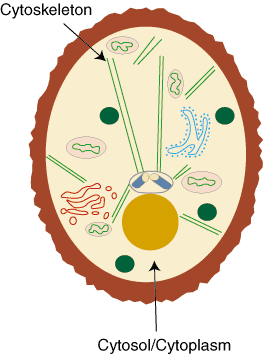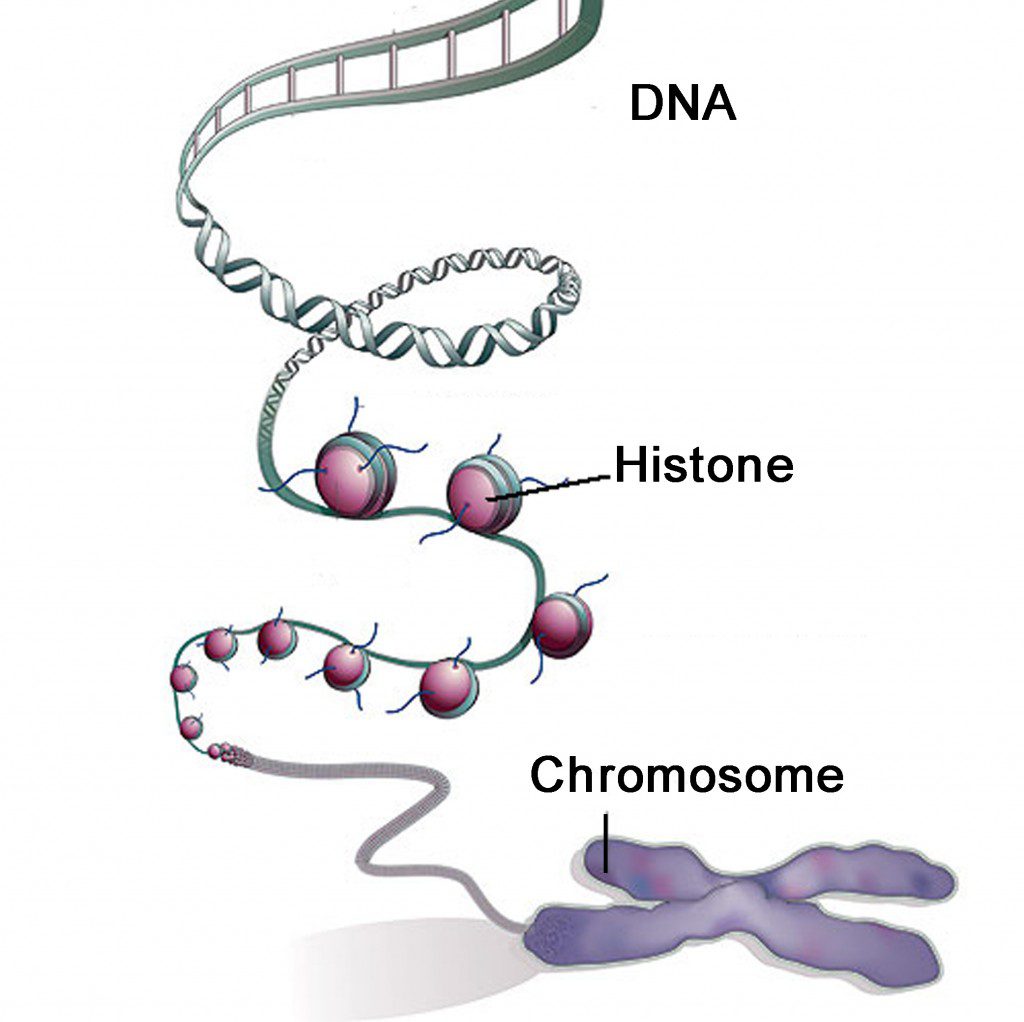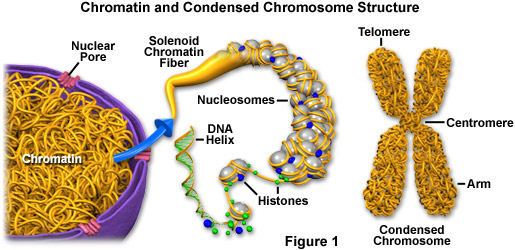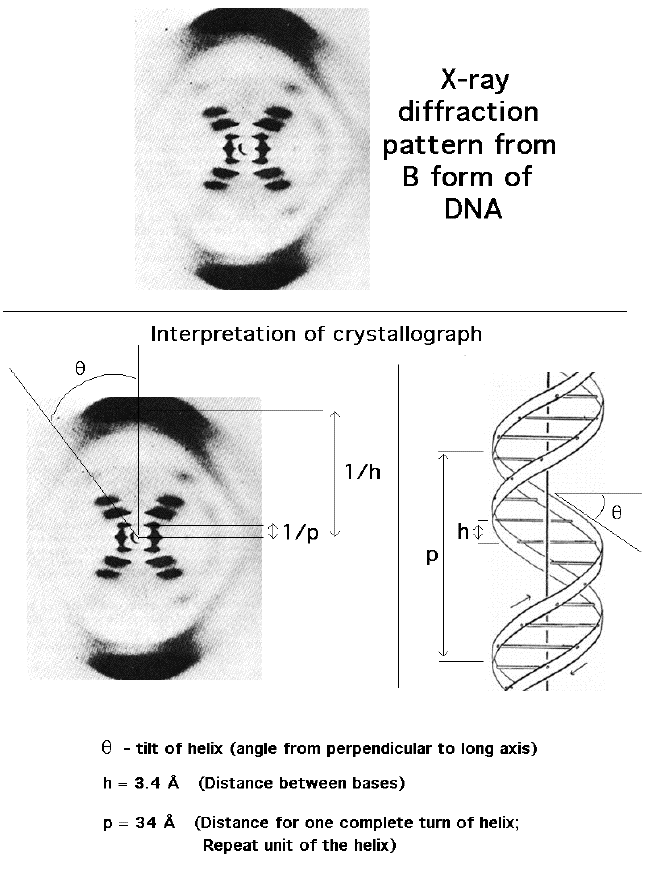1. The replication process is semiconservative.
2. Hydrogen bonds between complementary bases break.
3. DNA helix unzip. Replication bubbles are formed.

4. Each single-stranded DNA sequence acts as a guiding pattern for producing a complementary DNA strand (template).
5. Because the 2 strands in a double helix are antiparallel, one goes in the 5' to 3' direction while the other goes in the 3' to 5' direction.
6. However, DNA only elongates in the 5' to 3' direction.
7. The leading strand elongates in the 5' to 3' direction towards the replication fork.
8. Okazaki fragments are formed on the lagging strand. They elongate in the 5' to 3' direction, away from the replication fork.
9. THE TOP STRAND IS NOT NECESSARILY THE LEADING STRAND.

10. The stages are initiation, elongation, termination, and repair.
The stages:
i. Initiation - separating the DNA strands
Helicase unwinds the double-stranded DNA by breaking the hydrogen bonds.
Replication bubbles are formed.
Single-stranded binding proteins stabilize the single-stranded DNA.
Gyrase release tension brought by unwinding of DNA strands by cutting and resealing the strands.
RNA primase produce primers, which signal the release of DNA polymerase III.
RNA primers are recognized by DNA polymerase III. They anneal to the DNA template.
ii. Elongation - Building the complementary strands
RNA primers act as starting points of replication.
DNA polymerase III recognize the RNA primers. They add nucleotides to the template.
Nucleotides are continuously being added to the 3' end of the elongating strand. The strand elongates in the 5' to 3' direction.
The leading strand elongates towards the replication fork.
Okazaki fragments are formed on the lagging strand.

iii. Termination - Joining the DNA
DNA polymerase I replace RNA primers with DNA.
DNA ligase join the gaps in DNA.
Okazaki fragments are bonded by phosphodiester bonds.
iv. Repair - Proof-reading the DNA
DNA polymerase I and III act as exonuclease which proof-read the complenentary strand.
The strands automatically twist into a double helix.








